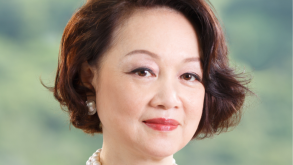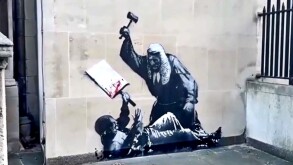Vietnam applies the first-to-file principle for trade mark registration and does not require evidence of use or intent to use at the time of filing, or for renewal. For maintaining a registration, though, a trade mark owner or its licensee must use the mark or risk cancellation for non-use. The IP Law stipulates that if a mark has not been used by its owner or a licensee without justifiable reasons for five consecutive years prior to a request for cancellation, except where the use is commenced or resumed at least three months before the request, the registration is vulnerable to cancellation. However, the trade mark owner is not required to submit evidence of use on a regular basis – only when the mark is attacked for non-use.
What actions constitute use?
According to Article 124.5 of the IP Law, use of a mark includes any of the following acts:
affixing the protected mark on goods, packaging, facilities, means of service provision, or transaction documents in the course of business;
circulating, offering, advertising or stocking for sale goods bearing the protected mark; and
importing goods or services bearing the protected mark.
It is unclear whether the manufacture of trade marked goods for export only constitutes use. However, some IP enforcement authorities, when assessing alleged trade mark infringements, have interpreted that the manufacture of trade marked goods in Vietnam, which logically includes the acts of affixing the mark on the goods, qualifies as unauthorised "use" of the mark in Vietnam. If the NOIP were to adopt this analysis in cancellation actions, trade mark owners could rely on the manufacture of trade marked goods in Vietnam for export only as evidence of use of marks.
Scale of use
The law is silent as to how much use is sufficient to maintain a registration. In a recent case, the NOIP maintained a mark against a non-use cancellation request based on a single sale over a period of 15 years.
Use of mark in different form
Article 124 stipulates that the mark in use should be the "protected mark", which could be strictly interpreted to mean the exact same mark that is indicated in the registration. However, the NOIP more commonly applies the approach under Article 5 of the Paris Convention (to which Vietnam is a member), which stipulates that "[u]se of a trade mark by the proprietor in a form differing in elements which do not alter the distinctive character of the mark in the form in which it was registered in one of the countries of the Union shall not entail invalidation of the registration and shall not diminish the protection granted to the mark".
While there is no specific regulation on this issue, the NOIP has indicated that if a word mark is registered in a standard font, the use of that word in a stylised form will be considered use of the standard word mark for the purpose of maintaining a registration. However, this does not apply in the other direction; the use of a mark in a standard font is often not accepted as evidence of use of a registered stylised mark.
Regarding colour versus black-and-white, in practice, the NOIP may accept use of a mark in colour as evidence of use of a registered black-and-white mark, if the other elements of the mark are kept unchanged and such elements are the mark's dominant elements, and the contrast of light and dark is maintained. The reverse direction has not yet been discussed by the NOIP.
In both of the above circumstances, use of the mark in a different form is only accepted if such use does not infringe another's trade mark rights.
Use by a licensee
Use of the trade mark by a licensee is also deemed use by the owner. However, the law is unclear about the validity of an unrecorded licence agreement against a third party. Under Article 148.2 of the IP Law, a trade mark licence agreement is valid as agreed upon by the involved parties, but will only be legally effective to a third party upon its recordal with the NOIP. There is no definition of third party in this context; in practice, it can refer to state bodies, banks or a related party in a non-use cancellation action. Thus, a third party who initiates a non-use cancellation may argue that an unrecorded licence is not valid against this third party, and therefore the use by such a licensee does not amount to use of the licensed mark. We recommend recordal of all trade mark licence agreements to avoid such risks.
Among all issues regarding use requirements, scale of use and use by a licensee under an unrecorded licence remain unclear and need improvement. If and when the TPP becomes valid, the issue of use by an unregistered licensee will be resolved. As such, the remaining issue is scale of use. To address this, Vietnam may consider adopting the internationally accepted concept of "token use" versus "genuine use". This may help to clear up the registry and create healthy competition for businesses.

|
Linh Thi Mai Nguyen |
Tilleke & GibbinsHAREC Building, 4th Floor4A Lang Ha Street, Ba Dinh District, Hanoi, Vietnam Tel: +84 4 3772 6688Fax: +84 4 3772 5568vietnam@tilleke.comwww.tilleke.com










